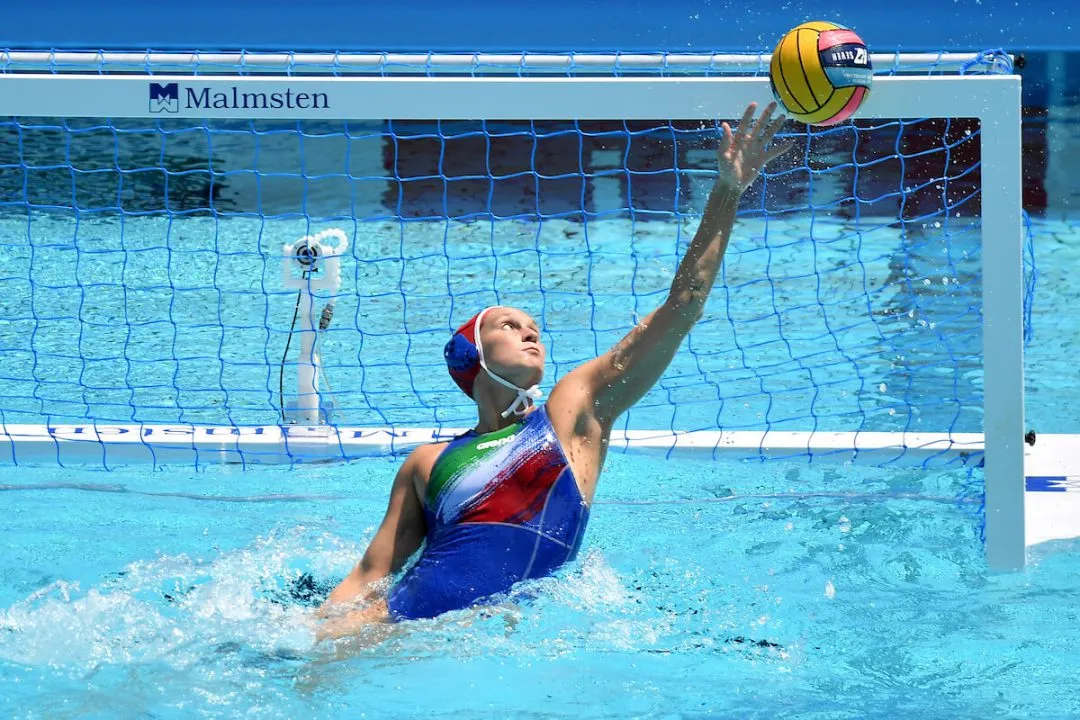Water polo is a fast-paced and physically demanding sport that is played in the water. At first glance, it may appear to be a blend of swimming, soccer, and basketball, but it has its own unique rules and structure. One of the main characteristics of a water polo match is its division into periods. This article aims to explain how many periods are in a water polo match and what each period entails.
The Breakdown of a Water Polo Match
A standard water polo match is divided into four periods. Each period lasts for eight minutes. However, this is “stop clock” time, meaning the clock is stopped whenever the ball is not ‘in play’ (e.g., following a goal, during a penalty, or if the ball leaves the pool area). Because of this, actual playtime often exceeds 30 minutes and sometimes even reaches up to an hour.
Between the Periods
Between each period, there is a two-minute break. These breaks allow players to rest, hydrate, and receive strategic instructions from their coaches. The longer break at halftime, which occurs after the second period, is especially important for teams to reassess their tactics and performance.
The Significance of Periods
The division of the game into periods plays a significant role in the dynamics of water polo. It allows the game to maintain a high level of intensity throughout its duration. As each period begins, both teams are reenergized and have an equal opportunity to gain control of the ball.
Overtime Periods
In some matches, when the score is tied at the end of the fourth period, the game may go into overtime. Overtime in water polo consists of two three-minute periods. If the score remains tied after both overtime periods, the match moves to a penalty shootout to determine the winner.
Water polo’s structure of four periods makes the sport incredibly exciting and strategic. The periods provide natural breaks in the game that allow both the players and the spectators to catch their breath, while also building anticipation for the action to come. The possibility of overtime periods adds another layer of thrill to the already high-stakes atmosphere of a competitive water polo match. As with any sport, understanding the game structure enriches the viewing experience, providing a deeper appreciation for the athletic and strategic demands of water polo.
